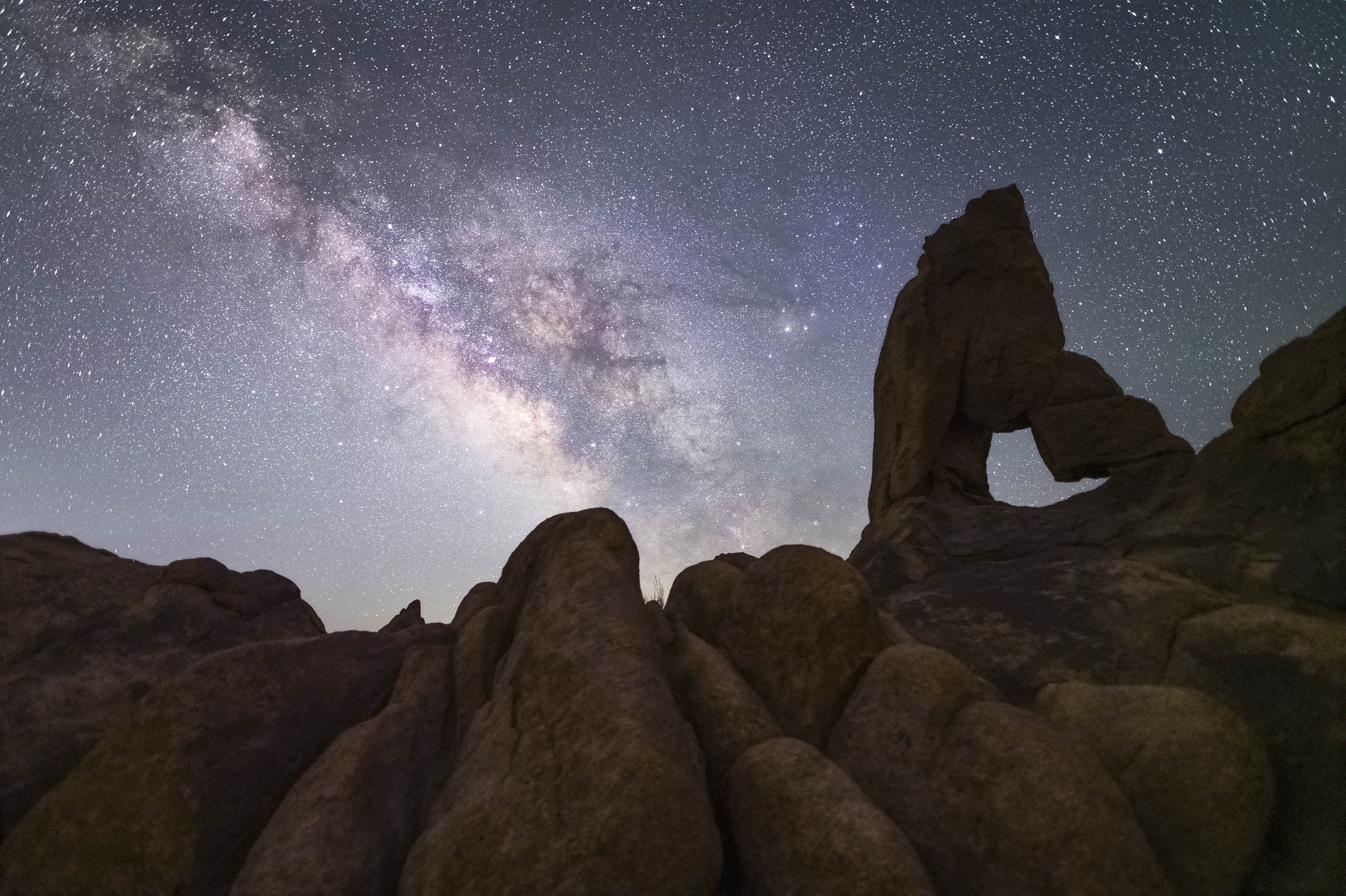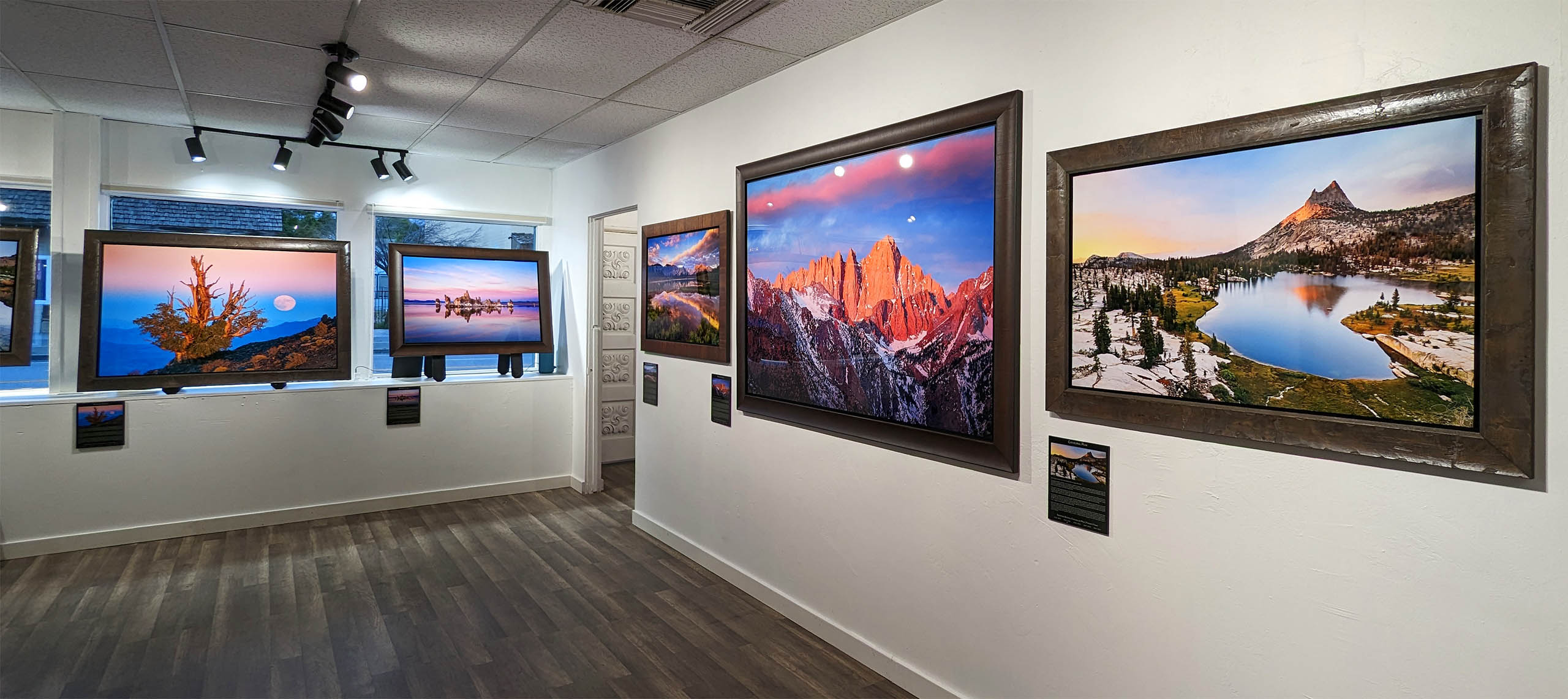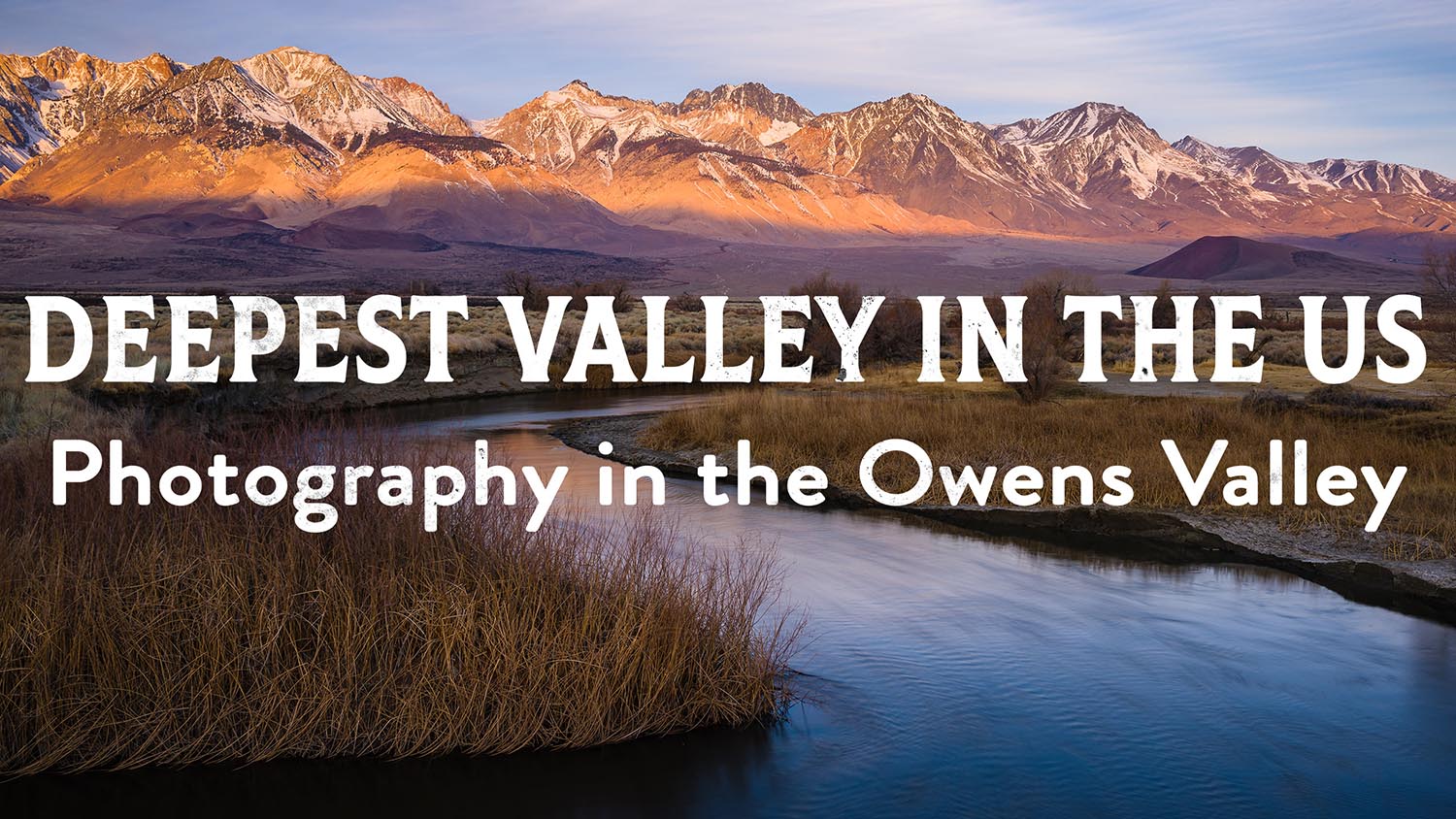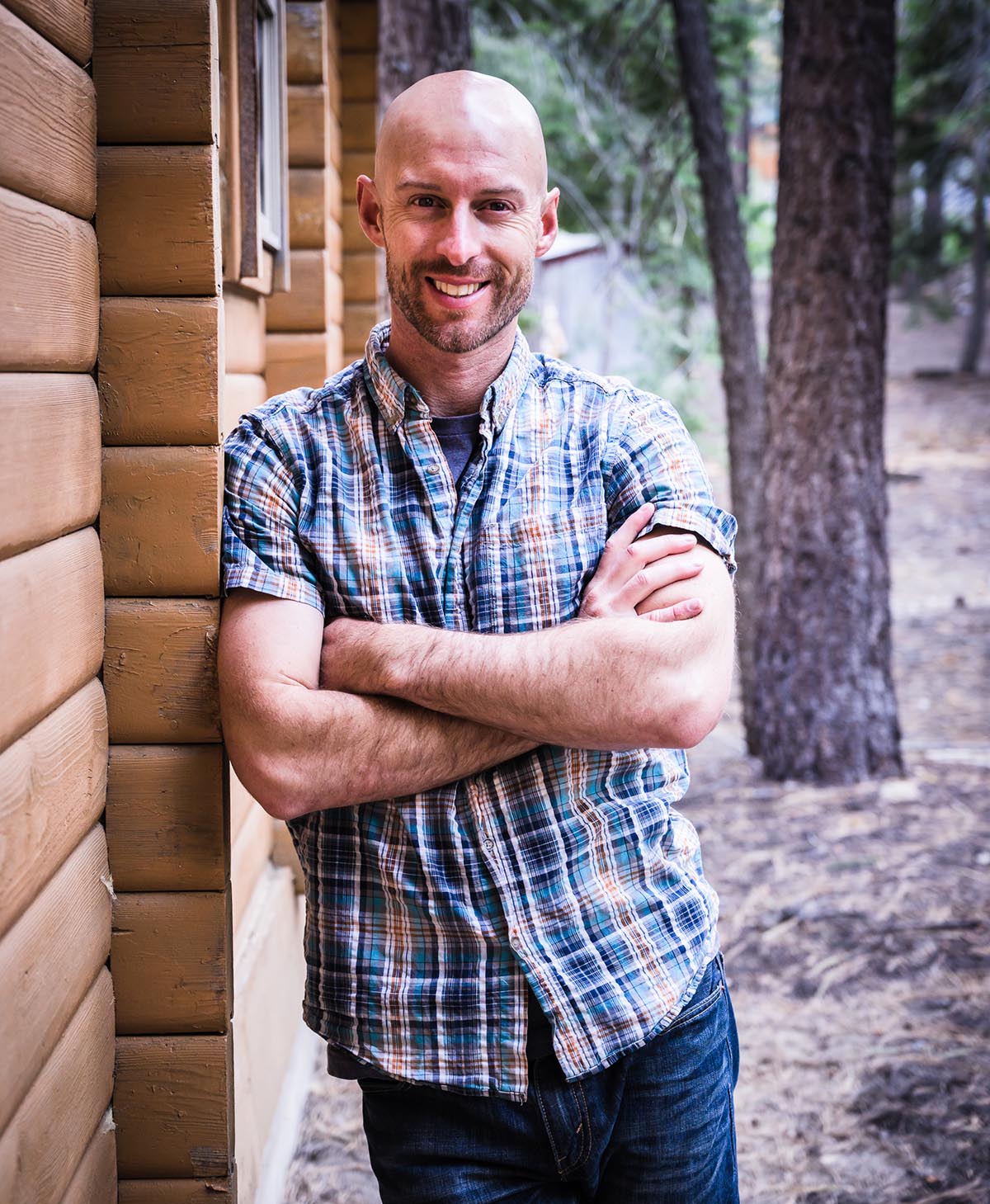
Photography Tutorial: White Balance Made Easy
Joshua Cripps
In-depth Photoshop tutorials:
https://www.joshuacripps.com/shop/video-tutorials/photoshop-basics-video-bundle/
https://www.joshuacripps.com/shop/video-tutorials/photoshop-advanced-video-bundle/
On-location Photography Workshops:
http://www.seatosummitworkshops.com/
FB: https://www.facebook.com/JoshuaCrippsPhotography
IG: http://instagram.com/joshuacrippsphotography
Episode Transcript:
When is white not white? When it’s blue, yellow, or orange. What the crap am I talking about? Even I don’t know! So stick around and we’ll both learn everything you need to know about White Balance.
[opening credits]
Hey everyone, and welcome to another episode of pro photo tips with me! Josh Cripps. Ask a random photographer about White Balance and you’ll often get an answer like:
“I don’t really know what it is but I think it has something to do with color in the camera.”
“Or: I just set to auto because you can always change it in post.”
But what the heck is it? Well, let me ask you a question:
(in the shade) Here we have a sheet of ordinary printer paper, what color is it?
(in the sun) How about now?
(inside) And how about now?
If you answered, uh, it’s white, you’re right! Well, sorta.
What we perceive as color is actually light of a specific wavelength entering our eyeballs. Now white is amazing because it reflects all wavelengths of light. So if you shine green light on it, it’ll reflect green, and if you shine purple light on it it’ll reflect purple.
This is important because in different conditions and lighting situations, different colors of light dominate. For example, shady light is slightly blue in tint. Whereas sunny light is slightly yellow. And indoor incandescent lighting is downright orange.
And for this white piece of paper, that means it’s actually almost never white, but rather blue, yellow, or orange.
Now, your eye and brain are so good at tuning out those minor color shifts that you never even notice them, which is why a white piece of paper always looks white to you.
But a camera can only record the actual wavelengths of light hitting its sensor, so this white piece of paper reflecting bluish shady light will actually appear blue in a photo, and that’s where White Balance comes in.
White balance is how your camera compensates for those small color shifts, so that white things appear white. For example if you’re shooting in this cool, shady light, turn your white balance to Shady and the camera will add amber tones and warmth to the image to offset the blueness. Or if you’re shooting in the sun, the camera will add cool blue tones to counteract the yellowness of the light, so that white stays white.
And that’s all there is to white balance!…..Or is it??……..Because what happens if we don’t want white to be white? Or more to the point, what if you want to emphasize certain colors in your photo over other colors? I mean, are we here to document the universe exactly how it is or are we here to create art???
So knowing what white balance is and what it does, say you’re shooting a scene that has lots of beautiful warm tones. Well you can emphasize those tones even further by deliberately choosing a white balance that you know will warm up the image, like cloudy or shady. Or say you’re shooting an glacier and you want to bring out its blueness. Then a cool white balance, like daylight, will make the colors pop!
When selecting a white balance you can either use the presets, like shady and daylight, or you can use the Kelvin scale, which on your camera runs from around 2,500K which will make your images really cool, to 10,000K to make your images very warm. The presets are good for making a quick selection, the Kelvin scale is best for fine tuning. So experiment with both and see which one you like. Either way you’ve got an amazing tool you can use to enhance the colors you want to enhance, and embiggen your creativity in the process.
And one final note: I always recommend changing your white balance in the field while shooting, rather than in post-processing at home. Why? Because when you change the colors you see, you’ll often see the scene a different way, and that can mean changing your composition and getting a different shot you otherwise wouldn’t have. Easy to do on location, but once you get home it’s too late. So work your white balance and let those colors fly!
As always, thanks for watching. Be sure to subscribe to get more great photography tips and techniques and check out some of my other helpful videos to learn more about other camera functions like aperture and shutter speed. You can visit my website joshuacripps.com for landscape photography, photoshop tutorials, landscape photography workshops and more. Until next time, have fun and happy shooting!
share this article:





